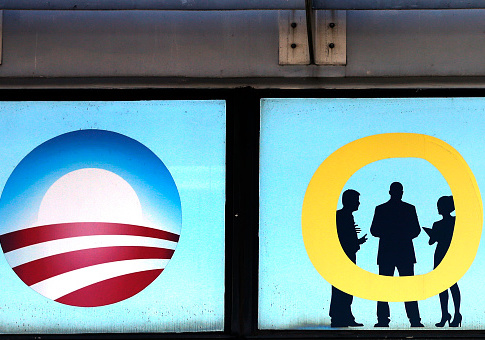Next year, average benchmark premiums for Obamacare plans are expected to rise 15 percent more than they did this year, according to projections from the Congressional Budget Office.
"In 2018, the agencies project, the average benchmark premium will be roughly 15 percent higher than it was in 2017, largely because of short-term market uncertainty—in particular, insurers' uncertainty about whether federal funding for certain subsidies that are currently available will continue to be provided," the budget office explains.
Additionally, premiums for benchmark plans are expected to rise an average of 5 percent each year from 2017 through 2027.
The budget office projects that average premiums will total $3,400 for a 21 year old, $4,800 for a 45 year old, and $9,800 for a 64 year old this year.
The CBO says that many of these individuals will be sheltered from premium increases due to government subsidies. The government subsidizes health care coverage in other ways, including funding for Medicaid, Medicare, and tax credits for work-related coverage.
"The costs of those subsidies are partly offset by taxes and penalties related to health insurance coverage that the federal government collects," the report states. "Provided that current law did not change, the net federal subsidy for health insurance coverage for people under age 65—that is, the cost of all the subsidies minus the taxes and penalties—would be about $705 billion in 2017 and would total $9.2 trillion over the 2018-2027 period."
Additionally, the report finds that due to higher premiums, the number of uninsured individuals is expected to increase.
"For 2026, the agencies' projection of the number of people obtaining subsidized coverage through the marketplaces is now 4 million smaller, and the projected number of uninsured people is now 3 million larger, than they were in CBO's March 2016 baseline projections," the budget office said. "Between 2017 and 2018, the number of uninsured people rises by 2 million in the agencies' projections, mainly because premiums in the nongroup market are expected to be higher."
